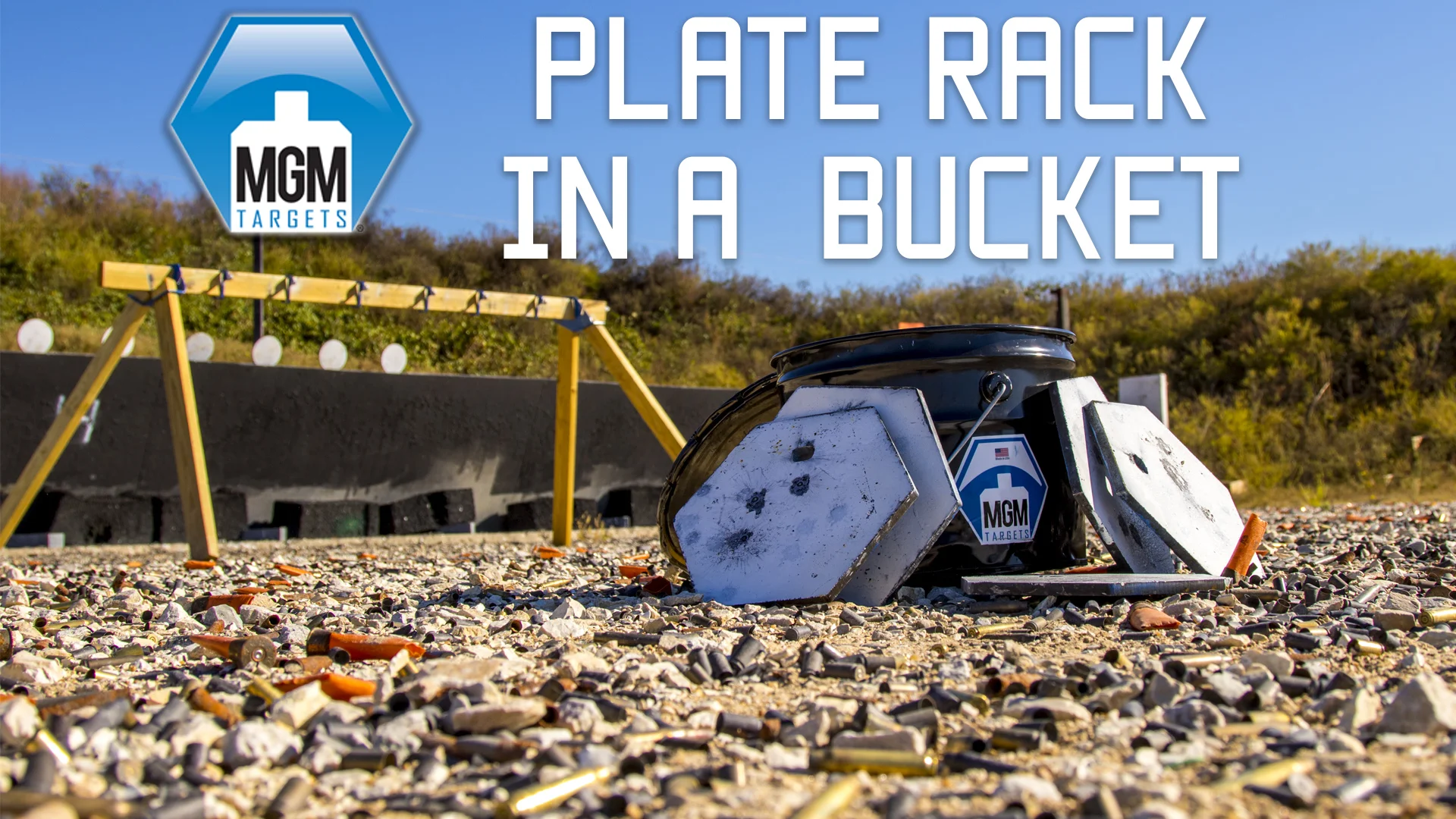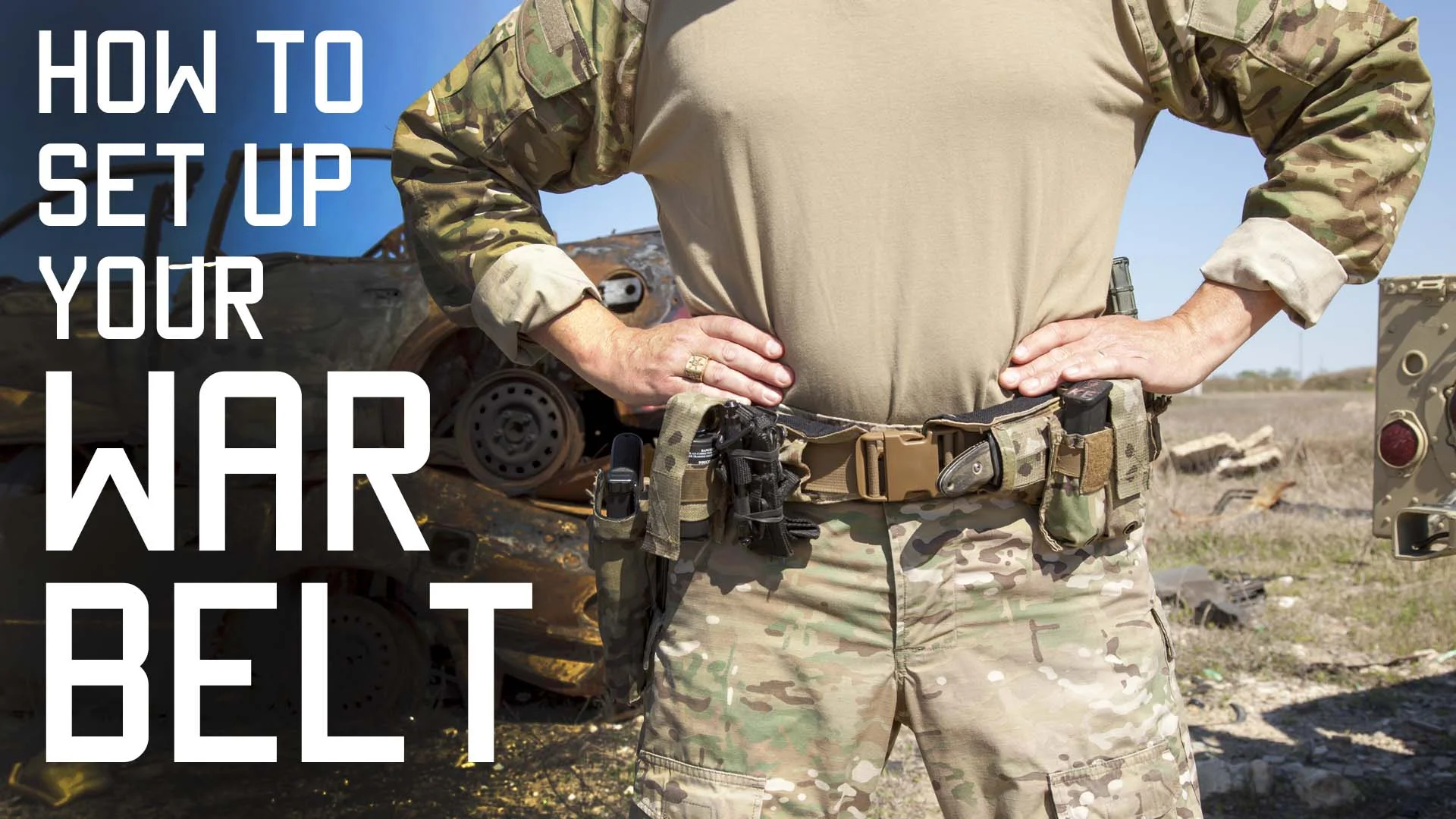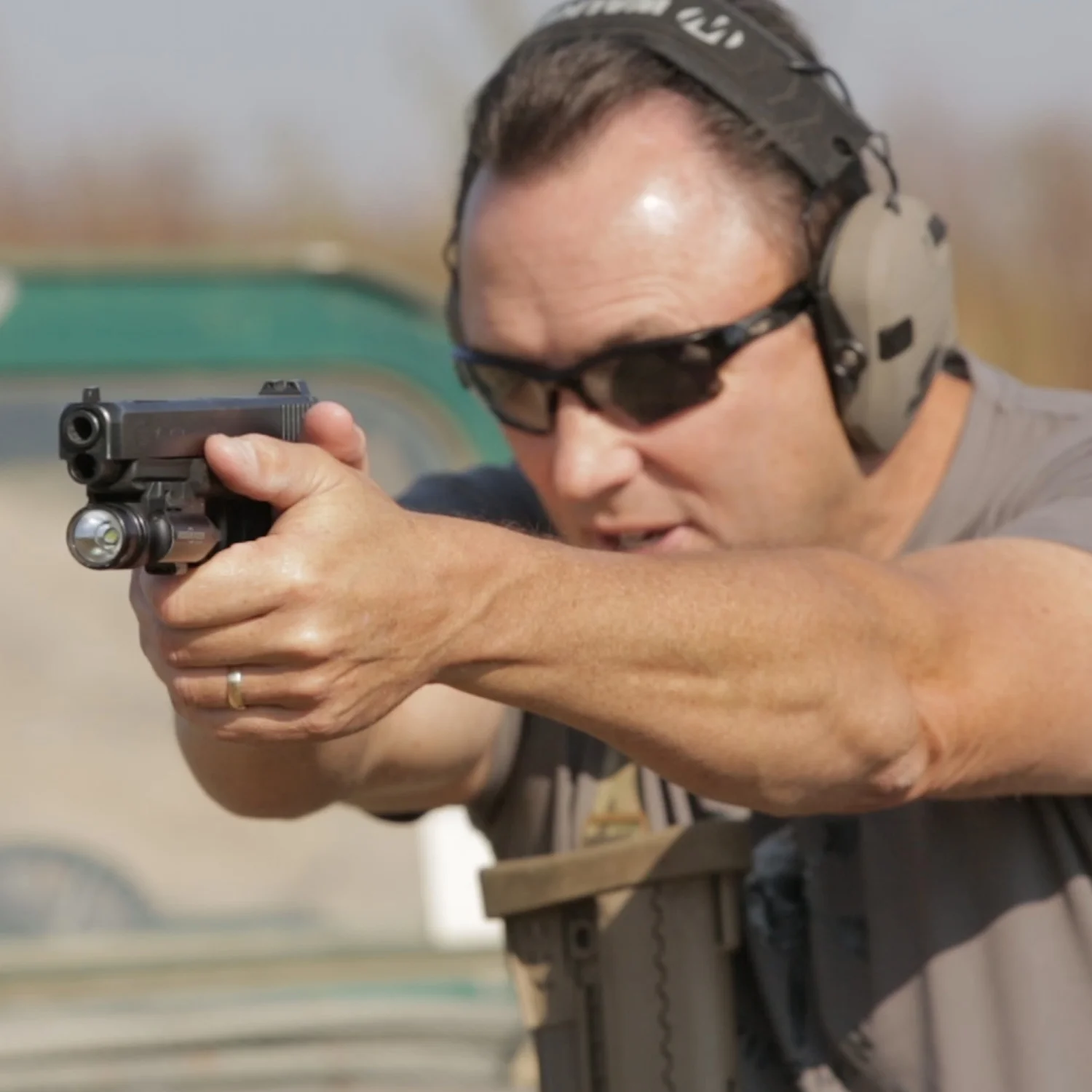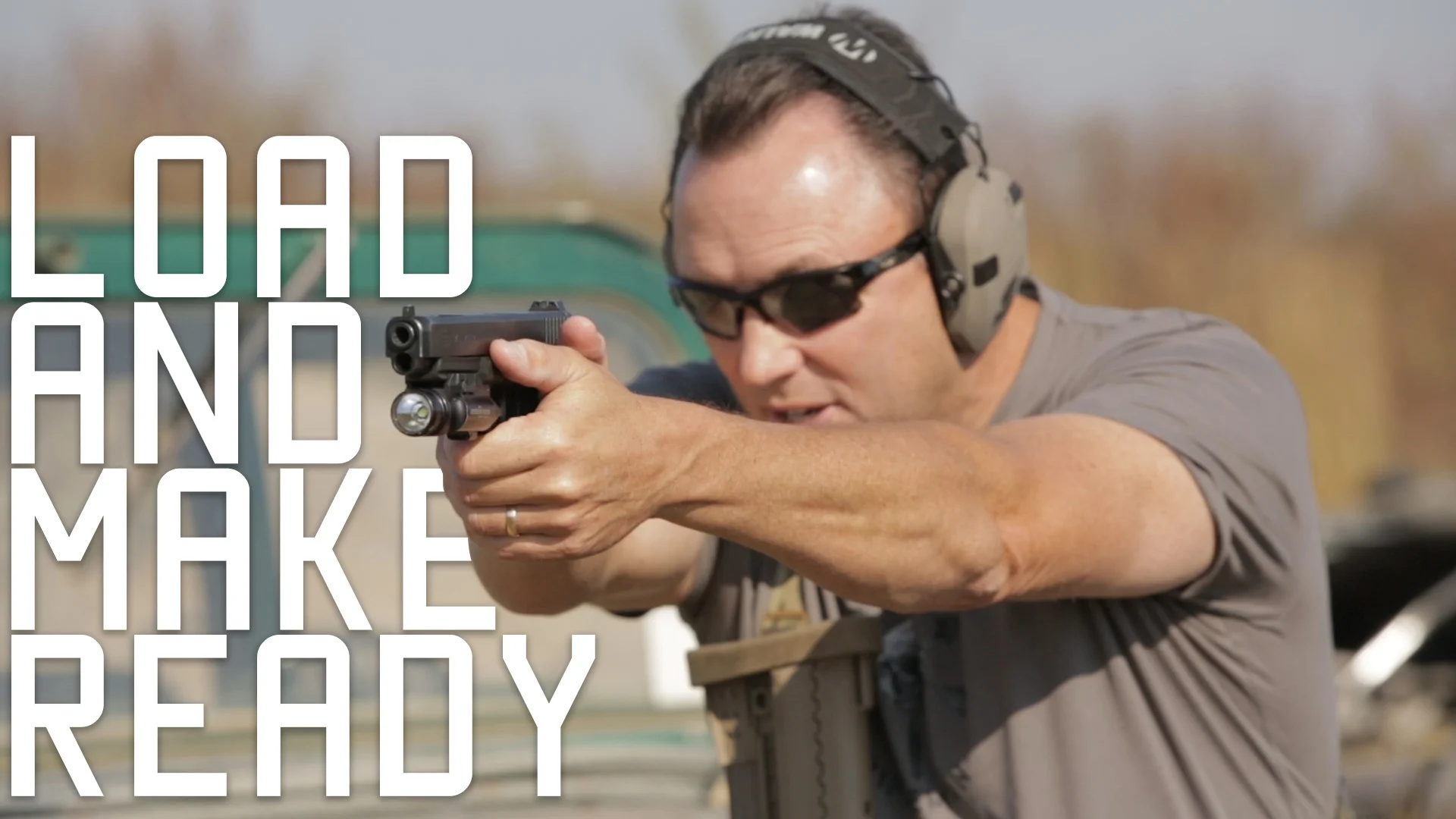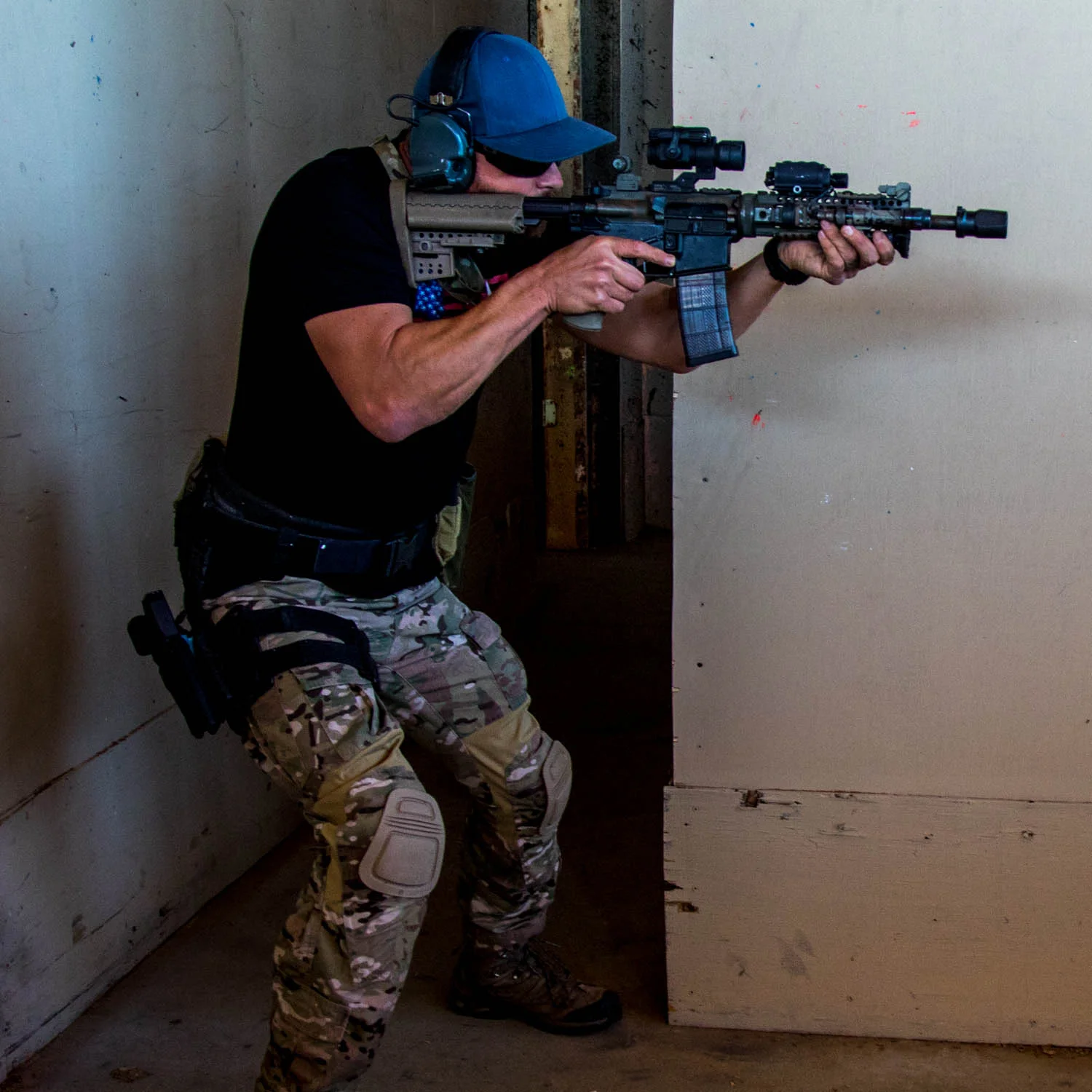What is the best night vision? what are the best night vision goggles to buy? We will break it all down for you in this video.
Karl is an “Ambassador” for FLIR. So, any of you that are interested in getting a good deal on FLIR or Armasight by FLIR products; please reach out to Tactical Rifleman in the private message section.
Here, at Tactical Rifleman, we are all about showing you how the military “Shoots, Moves, and Communicates.” A big part of shooting and moving in the dark is being able to see. As most of our combat ops are done at night, it only makes sense for us to practice at night, using the best NVDs that the taxpayers can buy.
That said, whether you are military, law enforcement, or civilian; there are certains guidelines that apply.
Match the optic to the mission
Thermals are NOT always better than standard IR
Always get the BEST tube you or your unit can afford
Batteries, batteries, batteries
On this flavor, we are going to do a series of videos about different night vision gear, including GEN-III & Thermal, and both helmet & weapon mounted versions.
This first video is about the dual-tube BNVD that I run on my helmet. It’s a sweet piece of kit, that is actually pretty affordable. The exact model is the Armasight by FLIR BNVD 51 3AG
http://www.armasight.com/night-vision/night-vision-binoculars/armasight-bnvd-51-3ag
Before you ask… Let’s play “I Spy” and I’ll answer a few questions that I know my TR family is going to ask:
Yes, we filmed the “indoor” portion of this video in my “Man Room.”
Yes, that is indeed a picture of Saddam Insane hanging up on the wall over my shoulder. I got it from one of his palaces during the initial invasion of Iraq. He didn’t need it anymore.
See the calendar hanging up next to it? That is a “cameo appearance” by a friend’s calendar company, call “We Love our Guns.” It shows modern firearms being held by models wearing WWII era bathing suits in conservative poses. The cool part is that the outfits are just body painted on to the nude models. Please check out his website, to see more pics and posters available of each model.
Some of you have asked about the military Challenge Coins that are on display on top of the chair rail. They go all the way around the room, and each of them has a story behind it. I’m gonna share a lot of these stories with some of our supporters, on Patreon, but I just don’t have the time here to do it.
There are a lot of pictures and souvenirs, hanging up in this room. I never hung up a single “military” picture in my house the whole time I was active duty. So, maybe a went a little overboard now.
OK, now here’s a question for you… What is the “copper colored circle” on my shelf to the left? Leave your guesses in the comment section below. You know I read all your comments.
Till next time; thanks for watching. Strength & Honor, TR.














